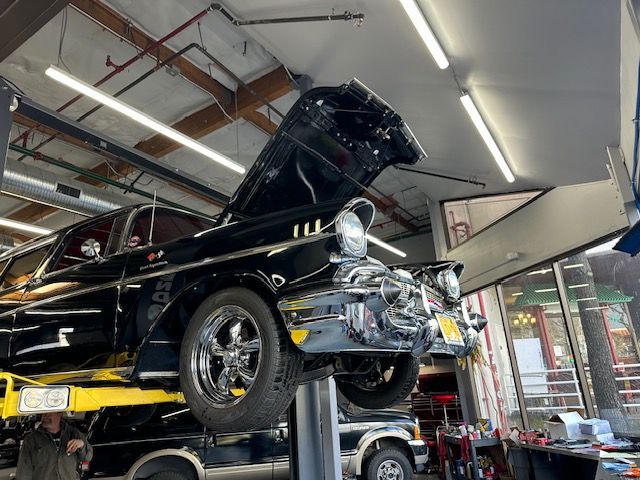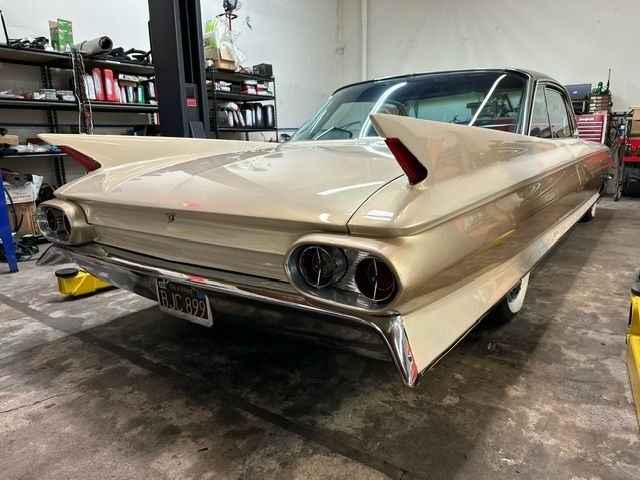Loading ...
Missing business hours data / Error occurred while getting the data.
Loading ...
Missing business hours data / Error occurred while getting the data.
Blog





Message from Frank
When should you not repair your car ?
We get customers asking "should I fix my car ? " - that is a great question.
At Top Shop Auto we pride ourselves in educating our customers to make a good decision about their car, truck, or hot rod. Repair these days is not so much based on the value of the vehicle-it more so comes down to your use, - what your needs are, - and what you enjoy doing with your ride.
New cars & trucks are very expensive- and may not be an option to all our customers, I never buy new cars, but I am a mechanic- and love to work on old iron. You may be the same as me- or just want the use or fun drive of a vehicle. If you do decide to repair a car or truck beyond the selling value, you will need to drive the money spent out of the car. In most cases with a non collector vehicle- fixing & selling never goes well- if your thinking of selling- just sell it. In some cases we work on cars that have been in a family for generations- and selling will never come in to play.
So- first thing to do is see what you use the vehicle for- how much is it to replace that need? Ask the shop how long they think the vehicle can last with your use after the repairs are done. Do the math and make the decision. We are always here to help- just ask.
Our Location
Loading ...
Missing business hours data / Error occurred while getting the data.
Having Trouble Finding Us?
Loading ...
Missing nap lines data / Error occured while getting the data.
